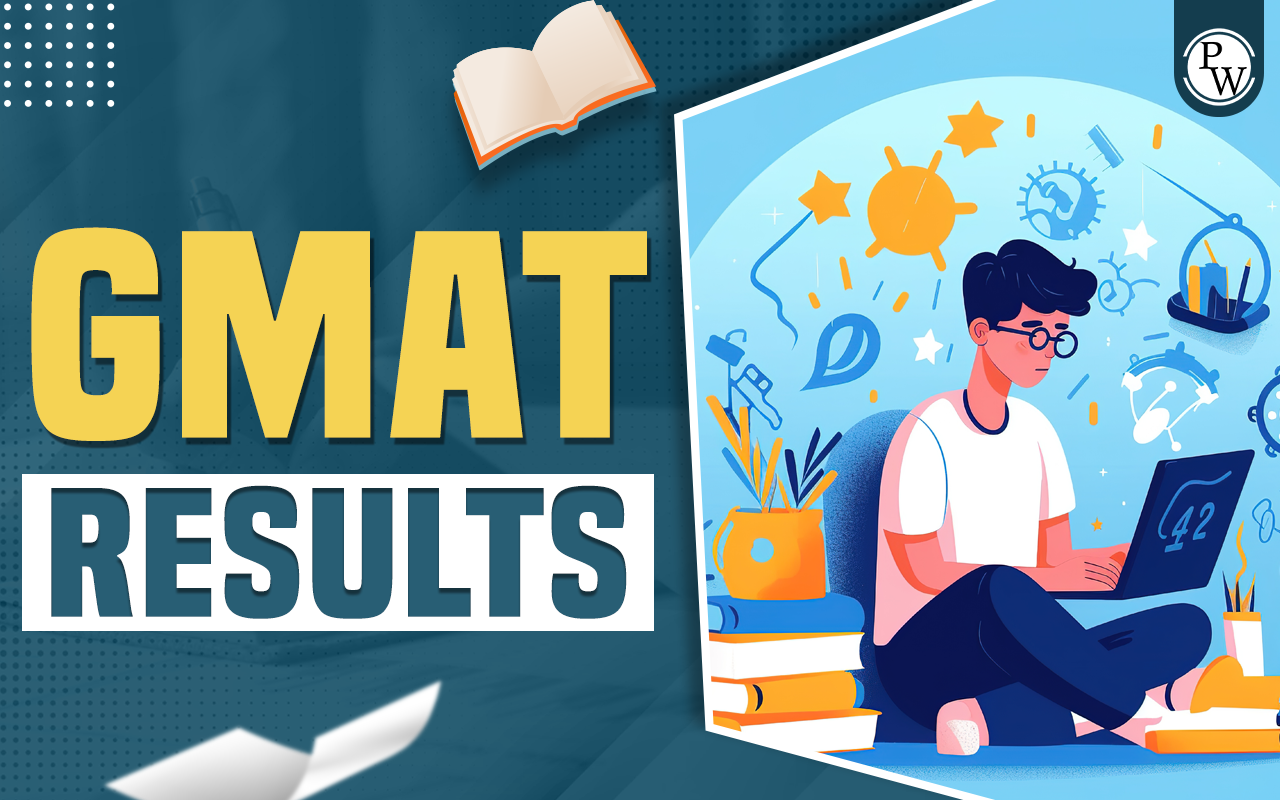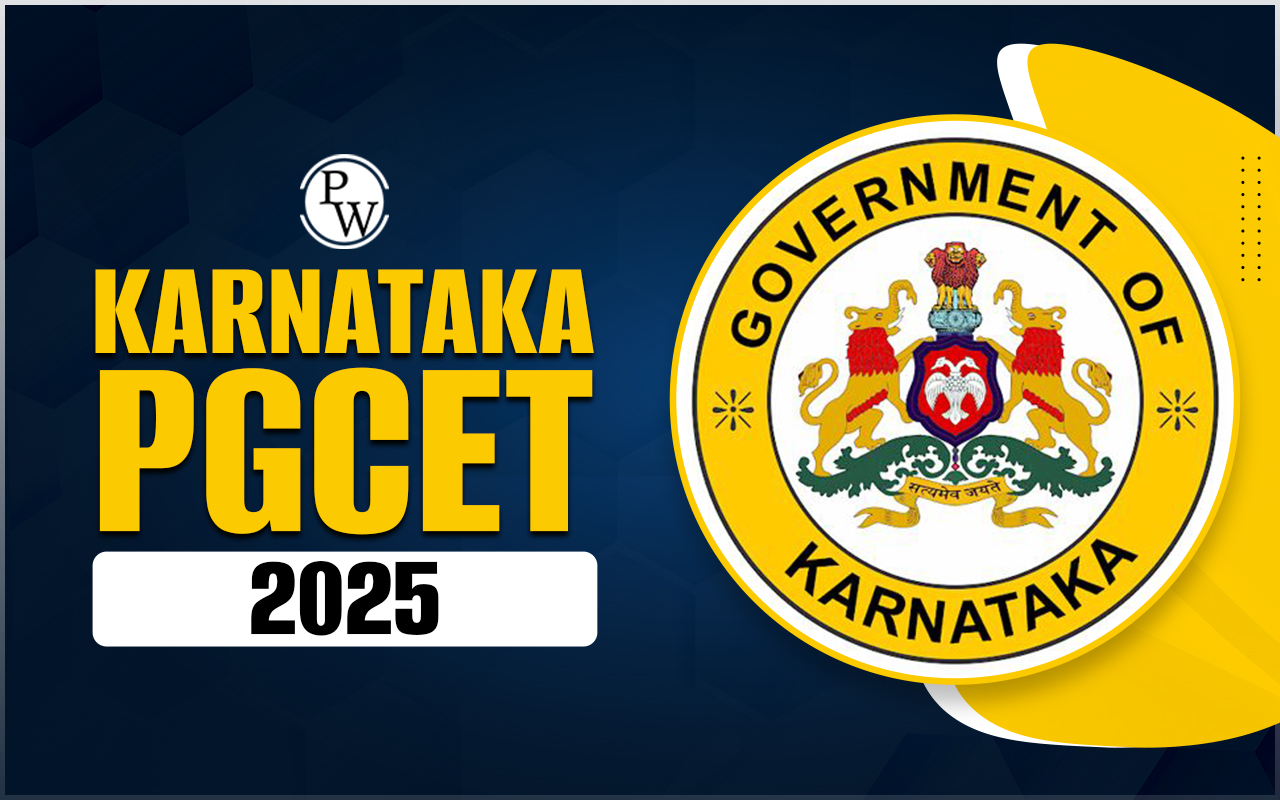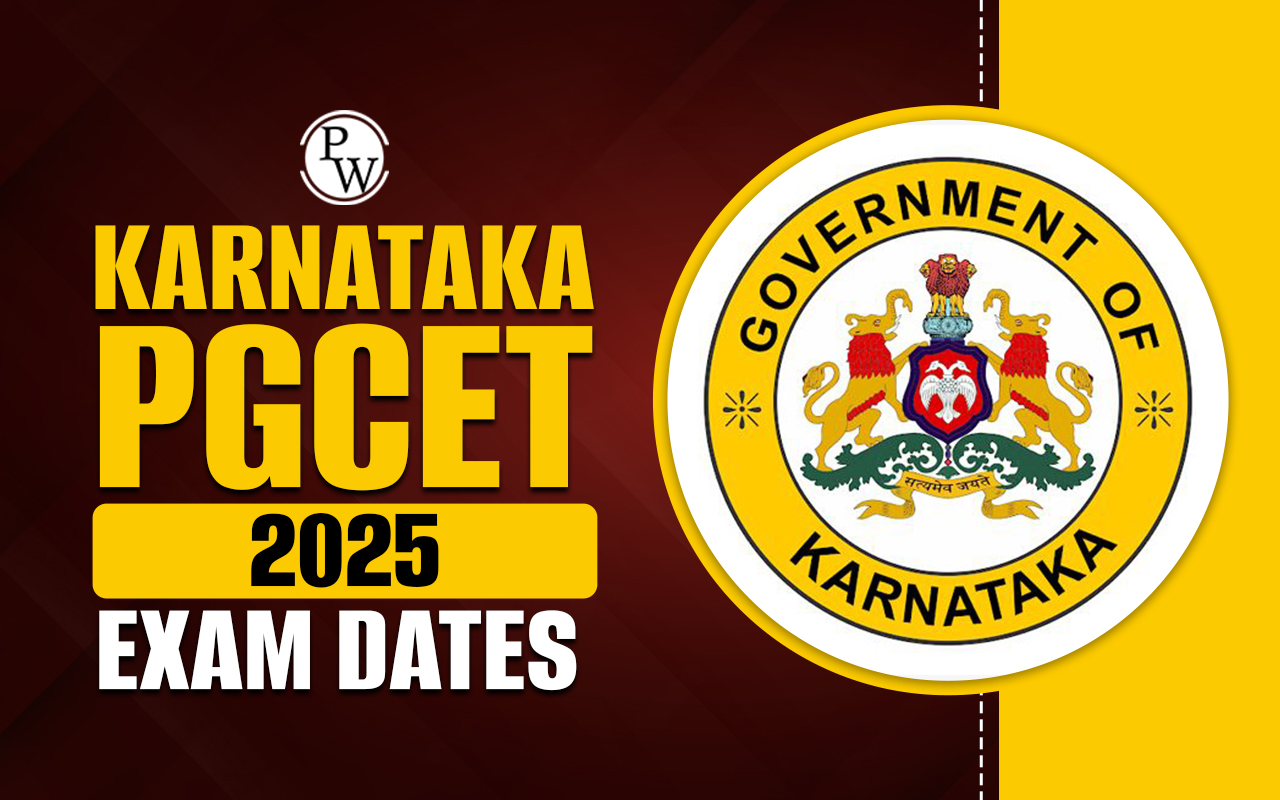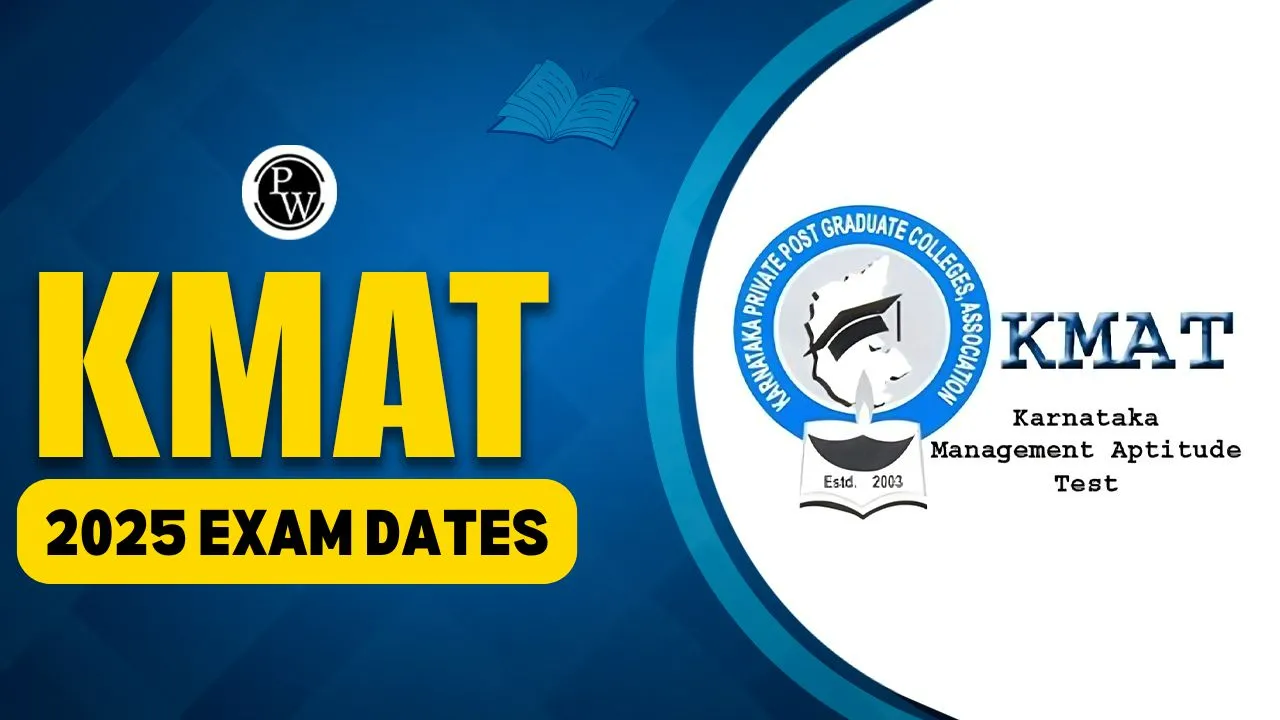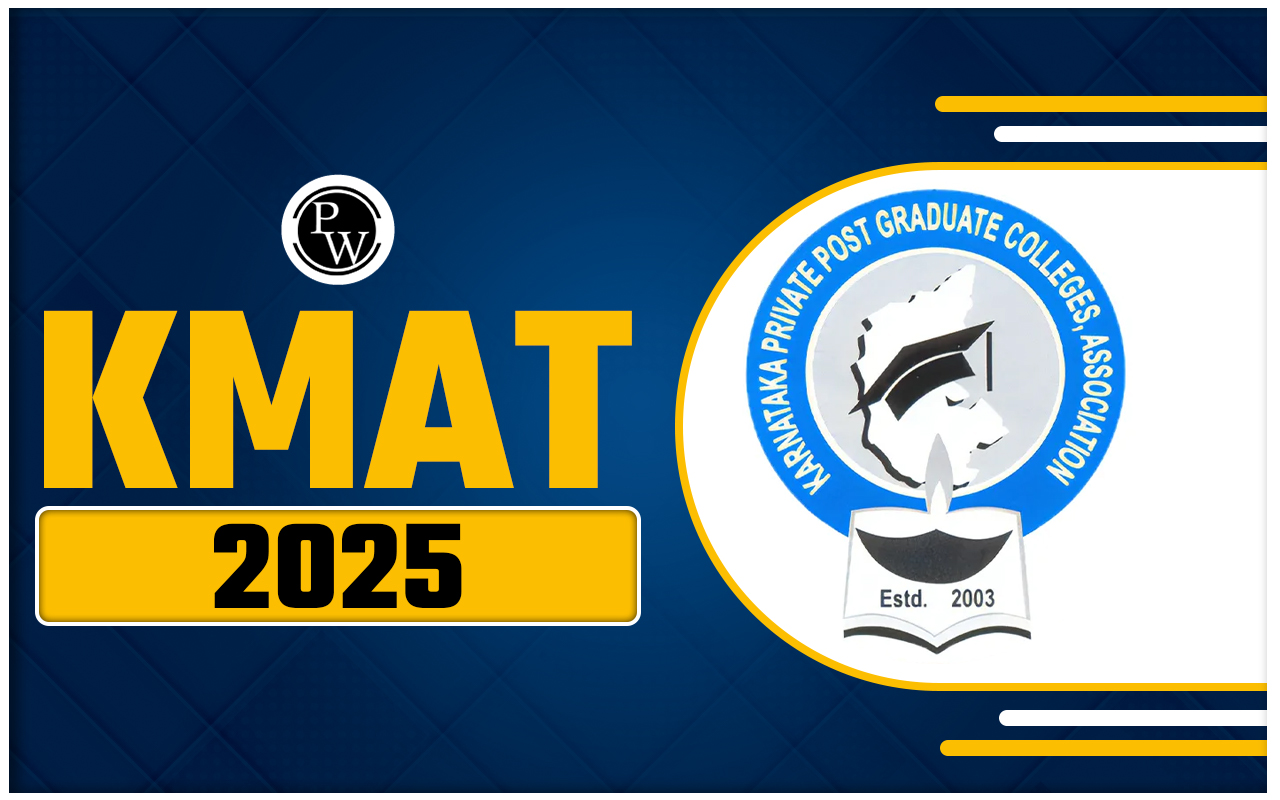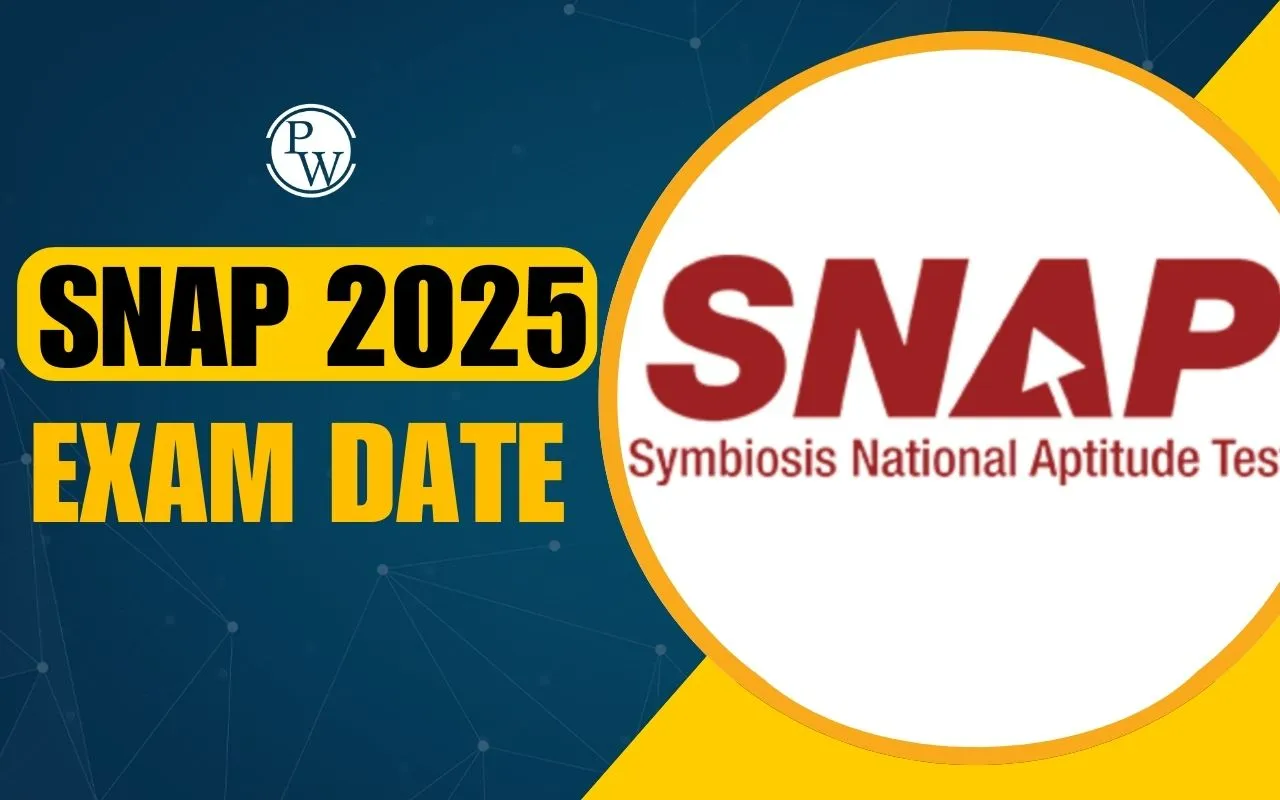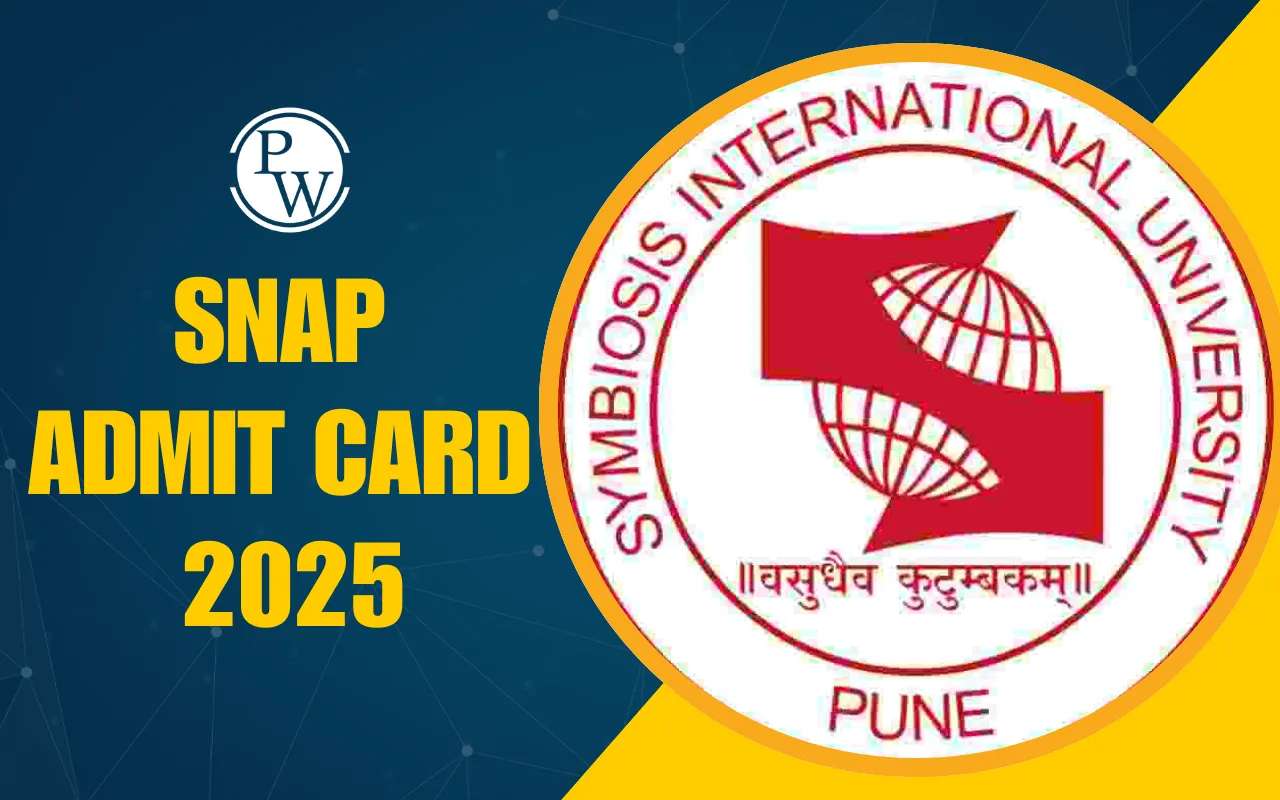

CAT vs XAT vs SNAP vs NMAT: For aspiring MBA candidates in India, selecting the right entrance exam is crucial for starting a strategic preparation plan. Most MBA aspirants aim to clear CAT as it is widely accepted and acts as a gateway to IIMs. However, there are several other prestigious entrance exams, like SNAP, NMAT, and XAT, that allow candidates to seek admission to multiple top-tier management institutes.
Each exam has its separate paper format, focus areas, and selection processes. Therefore, knowing the detailed CAT vs XAT vs SNAP vs NMAT comparison is important for candidates to align their choice with their strengths and career aspirations.
CAT vs XAT vs SNAP vs NMAT Overview
Aspiring MBA students in India have multiple entrance exams to choose from, each with its own format, difficulty level, and participating institutes. The table below presents the key highlights of CAT vs XAT vs SNAP vs NMAT:
|
CAT vs XAT vs SNAP vs NMAT Highlights |
||||
|
Parameter |
CAT |
NMAT |
XAT |
SNAP |
|
Conducting Body |
IIMs (Indian Institutes of Management) |
GMAC (Graduate Management Admission Council) |
XLRI Jamshedpur |
Symbiosis International (Deemed) University |
|
Frequency |
Once a Year |
Multiple Attempts in a Test Window |
Once a Year |
Once a Year (Multiple Slots) |
|
Mode of Exam |
Computer-Based Test |
Computer-Based Test |
Computer-Based Test |
Computer-Based Test |
|
Duration |
2 Hours (120 Minutes) |
2 Hours (120 Minutes) |
3 Hours (180 Minutes) |
1 Hour (60 Minutes) |
|
No. of Questions |
68 |
108 |
95 |
60 |
|
No. of Sections |
3 |
3 |
5 |
3 |
|
Sectional Time Limit |
Yes – 40 mins each |
Yes – Individual time for each section |
No |
No |
|
Sections |
VARC |
Language Skills |
Verbal & Logical Ability |
General English |
|
DILR |
Quantitative Skills |
Decision Making |
Analytical & Logical Reasoning |
|
|
QA |
Logical Reasoning |
QA & DI |
Quant & DI |
|
|
GK |
||||
|
Analytical Essay Writing |
||||
|
Question Type |
MCQs + Non-MCQs |
MCQs Only |
MCQs + Essay Writing |
MCQs Only |
|
Total Marks |
198 |
120 |
100 (excluding essay) |
60 |
|
Marking Scheme |
+3 for correct -1 for incorrect (MCQs only) |
+1 for correct No negative marking |
+1 for correct -0.25 for incorrect (MCQs only; GK exempt) |
+1 for correct -0.25 for incorrect |
|
Difficulty Level |
High |
Moderate to High |
Moderate to High |
Easy to Moderate |
CAT vs XAT vs SNAP vs NMAT Details
Pursuing an MBA in India requires candidates to understand the competitive landscape of entrance tests. While the CAT is preferred by most aspirants as its the only exam for entering IIMs, several other exams like XAT, NMAT, and SNAP serve as alternative gateways to reputed business schools across the country. Understanding the key details of each exam is essential for selecting the right fit based on one’s strengths, preferences, and future goals.
Understanding CAT Exam
Common Admission Test (CAT) is the key to securing admission into various IIMs and over a thousand other B-Schools such as FMS, SPJIMR, IIFT, TISS, and more. The exam focuses on evaluating candidates across three core areas, namely Verbal Ability & Reading Comprehension (VARC), Quantitative Ability (QA), and Data Interpretation & Logical Reasoning (DILR).
CAt is regarded as the most challenging MBA entrance exam. Additionally, candidates need to score 99+ percentile for securing a seat in top IIMs. The strict sectional time limits and mixed MCQs and non-MCQs makes CAT particularly challenging. However, with a strategic and dedicated preparation, candidates can clear CAT with a high percentile.
Here are the key pros and cons of the CAT exam:
|
Pros and Cons of CAT |
|
|
Pros |
Cons |
|
Accepted by 1000+ B-Schools including all IIMs. |
Extremely difficult and competitive |
|
Recognised as the most prestigious MBA entrance exam in India. |
Conducted only once a year. |
|
Balanced evaluation through VARC, DILR, QA sections. |
Unpredictable question pattern. |
|
Computer-based standardised format. |
Strict time constraints per section. |
|
Tests aptitude and problem-solving skills. |
|
Understanding XAT Exam
XAT is conducted by XLRI once annually. Compared to other entrance exams for management courses, XAT evaluates candidates for their decision-making skills, GK, and essay-writing ability. In addition, XAT also includes sections like verbal ability and QA-DI.
This broader evaluation makes XAT a preferred choice for candidates with a well-rounded skill set. Institutes accepting XAT scores include XLRI, SPJIMR, XIMB, and several other colleges across India.
Here are the pros and cons of the XAT exam:
|
Pros and Cons of XAT |
|
|
Pros |
Cons |
|
Inclusion of multiple sections allows candidates with specific skill sets to score well. |
Slightly complex paper structure. |
|
Essay writing section assesses analytical and writing skills. |
Only one attempt per year |
|
Accepted by top B-Schools like XLRI, XIMB, SPJIMR. |
General Knowledge not counted in percentile calculation. |
|
Comprehensive test of aptitude, logic, and awareness. |
|
|
Broader skill assessment than CAT. |
|
Understanding SNAP Exam
SNAP is conducted by Symbiosis International University to select candidates for various Symbiosis-affiliated institutes, including SIBM and SCMHRD. The exam spans just 60 minutes and is conducted in multiple slots. Candidates are allowed to attempt one or all SNAP slots. The best score in all the attempts is considered when creating each candidate’s scorecard.
The exam covers topics such as General English, Logical & Analytical Reasoning, Quantitative Skills, and Current Affairs. While the format is compact, it demands accuracy and quick thinking. To help candidates effectively prepare for SNAP, SIU offers an official mock test to registered candidates every year.
Here are the key benefits and limitations of taking the SNAP exam:
|
Pros and Cons of SNAP |
|
|
Pros |
Cons |
|
Moderate difficulty level. |
Accepted only by Symbiosis institutes. |
|
Short test duration allows candidates to retain focus throughout the exam. |
Conducted once annually. |
|
Single application covers multiple SIU colleges. |
Candidates get an average of 1 minute per question. |
|
Flexibility to attempt multiple slots allows candidates to score good marks. |
|
|
Official mock test familiarises candidates with the exam pattern and question type. |
|
Understanding NMAT Exam
Unlike most MBA entrance exams, the NMAT by GMAC offers flexibility of choosing an exam date that aligns with candidates’ schedule. Additionally, candidates can retake NMAT up to three times in a year if they wish to improve their score.
NMAT includes three main areas, Language Skills, Quantitative Skills, and Logical Reasoning with no negative marking. NMIMS campuses in Mumbai, Bengaluru, and Hyderabad are the primary institutes that accept NMAT scores. Besides, other B-schools such as TAPMI, ICFAI, KJ Somaiya, etc., also accepts NMAT.
|
Pros and Cons of NMAT |
|
|
Pros |
Cons |
|
Multiple attempts allowed (up to 3). |
Fewer top B-schools accept NMAT scores. |
|
No negative marking. |
Paid retakes can be expensive. |
|
Flexible test scheduling during a long testing window. |
Not accepted by IIMs. |
|
Standardised difficulty through adaptive testing |
|
|
Balanced focus on language, quant, and reasoning sections. |
|
CAT vs Other MBA Exams
All the MBA entrance tests in India have their own distinct features, formats, and advantages. Here's a breakdown of how the Common Admission Test (CAT) differs from other tests such as SNAP, NMAT, and XAT:
Sections and Test Design
What candidates are tested on can vary significantly from one exam to another. CAT places a strong emphasis on numerical ability, data interpretation, and verbal reasoning, often favouring those with solid problem-solving skills.
In contrast, XAT adds a unique dimension by including a Decision-Making and an Essay Writing section. These areas aim to assess candidates who can think logically in ambiguous situations and articulate ideas effectively. Besides XAT, SNAP incorporates a General Awareness section, challenging candidates to stay informed on current events and general knowledge topics which are not covered in CAT.
Competition and Difficulty Level
CAT is widely known for its high difficulty level, not just due to the complexity of its questions but also because of millions of applicants. This makes it one of the toughest management entrance exams in the country.
On the other hand, NMAT offers a more comfortable exam environment. Candidates can retake the test up to three times during the exam window, and the absence of negative marking helps reduce the pressure. Besides the NMAT, SNAP is also a relatively less challenging exam than CAT. While XAT is a demanding exam, it tends to attract a lesser number of candidates in comparison to CAT.
Exam Duration and Scheduling Flexibility
Another major distinction between CAT and other entrance exams lies in how often and for how long these exams are conducted. CAT and XAT are organized just once a year, giving candidates a single shot annually. However, SNAP and NMAt are conducted in multiple slots. Candidates have the flexibility to attempt one or more exam slots in a year with the aim of enhancing their performance.
Accepting Colleges
CAT scores are the primary admission criteria for IIMs and over 1000 other management schools. XAT scores are recognised by XLRI and over 150 associated institutes. However, NMAt and SNAp are accepted by a relatively lesser number of colleges. While SNAP is specifically conducted for Symbiosis institutes, NMAT is considered for NMIMS admissions.
Which is Most Suitable MBA Entrance Exam?
Selecting the right MBA entrance exam is a strategic decision that depends on several factors based on a candidate’s aspirations and abilities. One of the key considerations is the targeted business schools. For those aiming to secure admission to top-tier institutions like the Indian Institutes of Management (IIMs), CAT is the best option. In contrast, candidates aspiring to study at institutes like NMIMS, XLRI or Symbiosis should consider exams such as NMAT, XAT or SNAP, which are specifically recognized by these institutions.
Another vital factor is a candidate’s personal aptitude. The nature of each exam varies, and so do their requirements. CAT and NMAT are well-suited for individuals who are confident in their quantitative and analytical reasoning skills. On the other hand, exams like XAT and SNAP place a stronger emphasis on decision-making, general awareness, and even essay writing. Therefore, these exams are more suitable for candidates whose strengths lie in communication, critical thinking, or current affairs.
Excel in MBA Entrance Exams with thorough preparation offered by PW MBA Online Coaching experts. Enrol now to get regular live classes, 24/7 doubt resolution, and regular evaluation.
CAT vs XAT vs SNAP vs NMAT FAQs
Which is better, NMAT or XAT?
Which entrance exam is better for MBA?
Which exam should I give, NMAT or SNAP?
Does IIM accept XAT Score?
Which MBA exam is the easiest?


